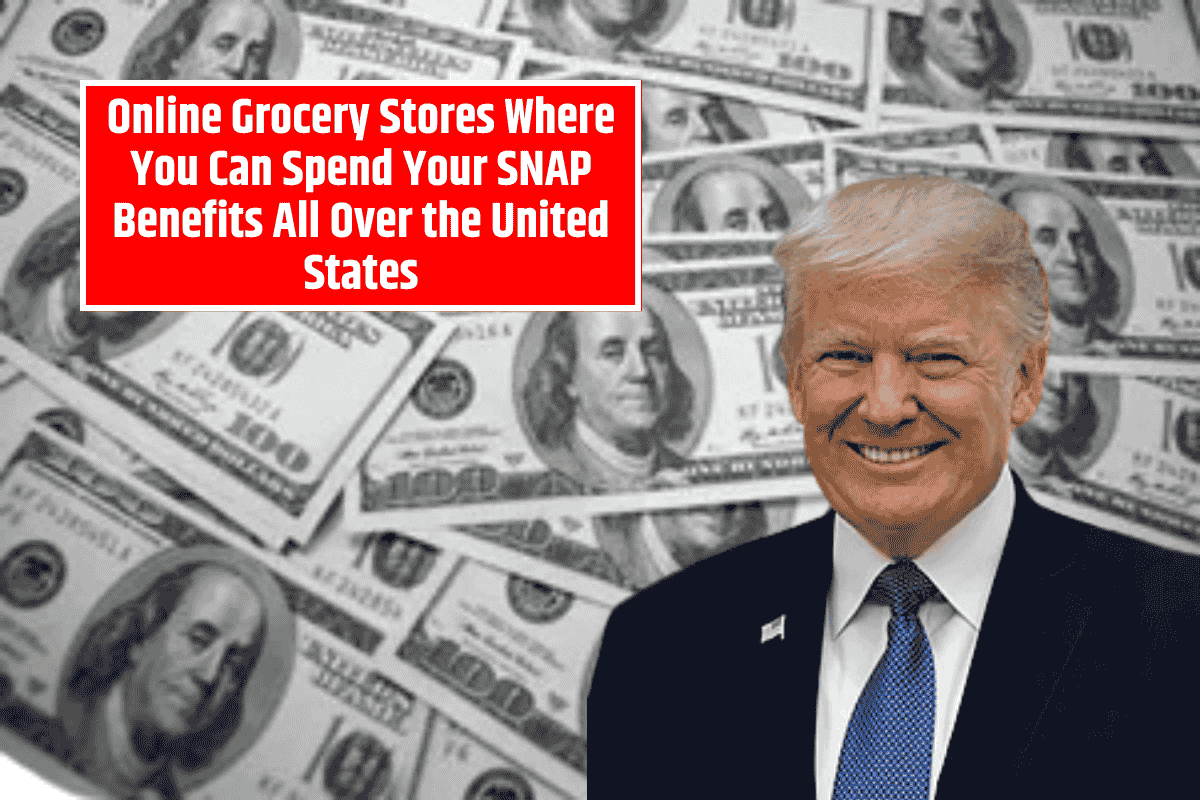The Supplemental Nutrition Assistance Program (SNAP), also known as food stamps, continues to play a crucial role in addressing food insecurity across the United States in 2025. This federal assistance program helps low-income families gain access to nutritious food, offering a lifeline for millions of Americans.
Here’s everything you need to know about how SNAP works in 2025, including eligibility requirements, benefit amounts, and where to use your EBT card for shopping.
SNAP Eligibility Requirements in 2025
To qualify for SNAP, individuals and families must meet strict income and resource limits set by the U.S. Department of Agriculture (USDA). Here are the main criteria:
Gross Monthly Income: A household’s gross monthly income must be no more than 130% of the federal poverty line. For example, for a family of three, the income limit is $2,798 per month or $33,576 per year.
Net Income: After certain deductions like housing, childcare, or medical expenses (for the elderly or disabled), a household’s net income must be below the federal poverty line. For a family of three, this means net income must be under $2,152 per month.
Asset Limits: There are also limits on household assets:
For households without seniors or disabled members: $3,000 maximum.
For households with seniors or disabled members: $4,500 maximum.
Special flexibility is available for those with medical costs, fixed incomes, or other financial hardships. As per USDA guidelines, families slightly above the income limits but facing significant expenses may still qualify.
In 2025, approximately 42 million Americans in 22 million households will rely on SNAP to help meet their food needs, according to reports. This shows the ongoing importance of the program in combating food insecurity.
How Much Does SNAP Provide? Key Benefit Amounts for 2025
The amount a household receives from SNAP varies based on several factors, including household size, net income, and deductible expenses. Here’s a breakdown of the maximum monthly benefits by household size:
Household size 1: $292
Household size 2: $536
Household size 3: $768
Household size 4: $975
Household size 5: $1,158
Household size 6: $1,390
Household size 7: $1,536
Household size 8: $1,756
Every extra member: +$220
The actual benefit amount is calculated by subtracting 30% of the household’s net income from the applicable maximum amount. For example, if a family of four has a net income of $1,500, their benefit would be calculated as follows:
Maximum amount for a family of four: $975
30% of $1,500: $450
Final SNAP benefit: $975 – $450 = $525 per month
This system ensures that households with higher incomes receive lower benefits, while those with lower incomes can receive more support.
Where Can You Use Your SNAP EBT Card in 2025?
In 2025, SNAP recipients can use their EBT (Electronic Benefit Transfer) cards to shop at major retailers, including Amazon, Walmart, Target, and others. This option provides the convenience of online grocery shopping, making it easier for families, seniors, and individuals with disabilities to access nutritious foods.
Some key retailers accepting SNAP EBT for online orders include:
Amazon (Fresh/Pantry): Home delivery of groceries
Walmart: Delivery and in-store pickup
Target: Curbside pickup
Costco: Bulk items (membership required)
Aldi: Affordable options (available in select areas)
Whole Foods (via Amazon): Organic food options
Hy-Vee: Midwest coverage
Jewel-Osco (Albertsons): National presence
Sam’s Club: Bulk alternatives
Thrive Market: Health-focused and organic foods (48 states)
These online shopping options are particularly beneficial for people who may face mobility issues, live in food deserts, or simply need the convenience of home delivery.
It’s important to note that SNAP benefits can only be used for eligible food items, including produce, dairy, meat, and bread. Non-food items such as packaging, shipping fees, or cleaning products are not covered.
You can find out which stores accept EBT in your area by checking the USDA’s official list of retailers on their website.
The Supplemental Nutrition Assistance Program (SNAP) remains a vital support system for millions of low-income Americans in 2025. With strict eligibility criteria based on income and assets, it helps individuals and families access nutritious food to fight hunger.
Additionally, with the ability to use SNAP benefits for online grocery shopping at major retailers, the program continues to adapt to modern needs, making it more accessible than ever.
